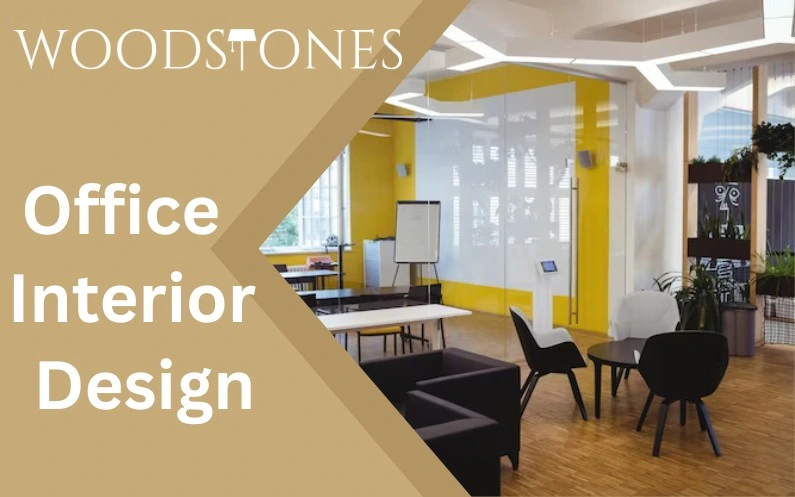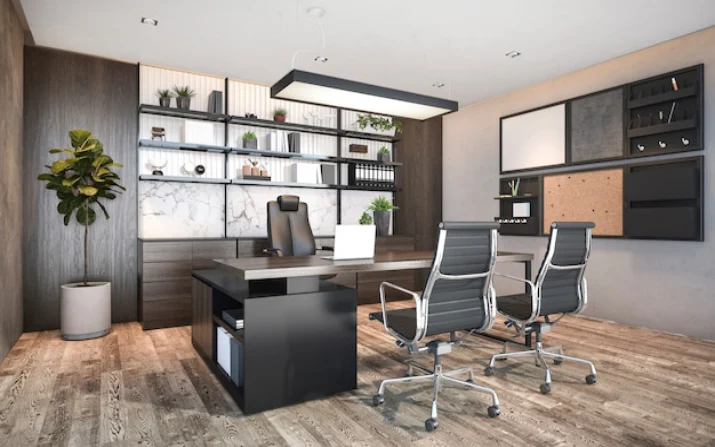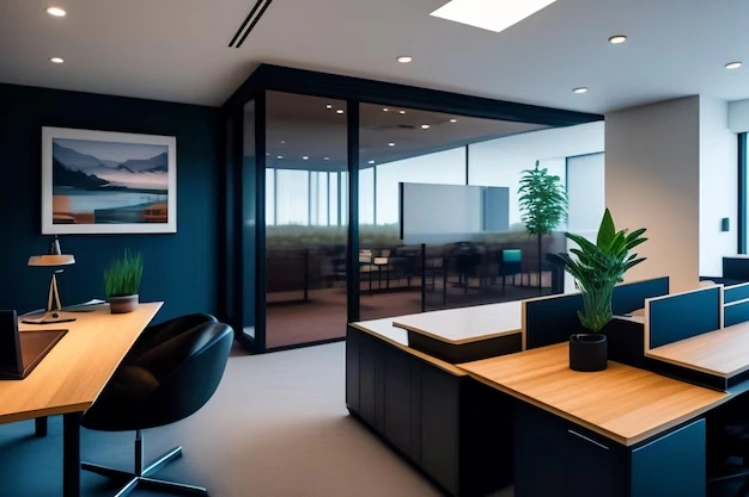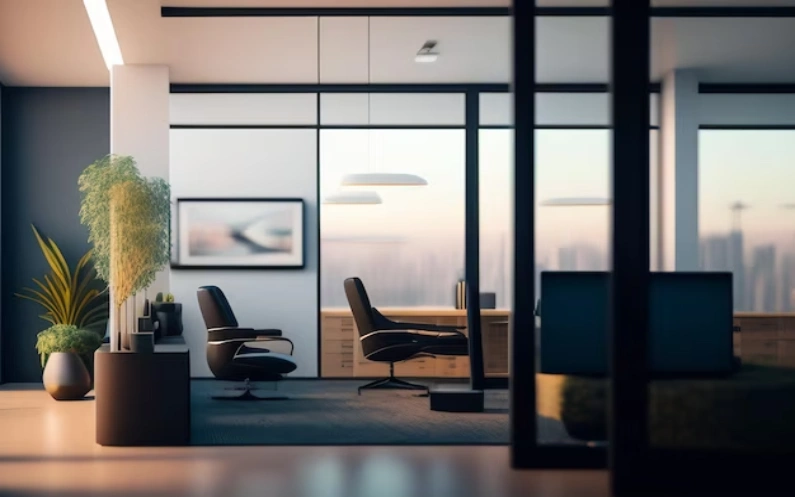Understanding Color Psychology
Color psychology explores how different colors evoke emotions, influence behavior, and impact mental states. Each color carries its own set of associations and can create varying effects when incorporated into office spaces.
1. Blue for Productivity and Calmness
Blue is often associated with productivity and calmness. It promotes focus and concentration, making it an excellent choice for areas where tasks requiring intense mental engagement are performed. Consider using shades of blue in meeting rooms or workstations.
2. Green for Balance and Innovation
Green is linked to nature and balance. It has a calming effect while also sparking creativity and innovation. Integrating green through plants or accent walls can bring a sense of tranquility and fresh thinking to the office environment.
3. Red for Energy and Vitality
Red is a high-energy color that can stimulate and invigorate. However, it’s best used in moderation, perhaps as an accent color, as too much red can create feelings of stress or agitation.
4. Yellow for Positivity and Optimism
Yellow is known for promoting positivity and optimism. It can uplift spirits and enhance mood, making it suitable for common areas like break rooms or collaborative spaces.
5. Neutral Tones for Versatility
Neutral colors such as gray, beige, and white provide a versatile backdrop that complements other colors. They evoke a sense of professionalism and can be used as a base for incorporating bolder accent colors.
Applying Color Psychology To Different Areas
1. Workspaces
Choose colors based on the tasks performed. For focused work, opt for cooler tones like blue. For creative tasks, a splash of green or yellow can stimulate innovative thinking.
2. Collaborative Spaces
Use warm and inviting colors like orange to encourage interaction and open communication. This can be applied in meeting rooms or lounges..
3. Break Areas
Infuse vibrant colors like orange or yellow to boost energy during breaks, creating a refreshing environment.
4. Wellness Rooms
Consider soft blues and greens to promote relaxation in wellness rooms or quiet spaces.
Tips for Implementing Color Psychology
1. Maintaining balance is crucial
Excessive use of any color can lead to unfavorable outcomes.Balance bold colors with neutral tones for a harmonious look.
2. Consider Lighting
Natural and artificial lighting can influence how colors appear. Before finalizing, test the colors under various lighting conditions to ensure their consistent appearance and desired effect.
3. Branding Alignment
Incorporate your company’s branding colors where possible, aligning the office with your brand identity.
4. Employee Preferences
Consider employee preferences when choosing colors, as they’ll be spending a significant amount of time in the space.



